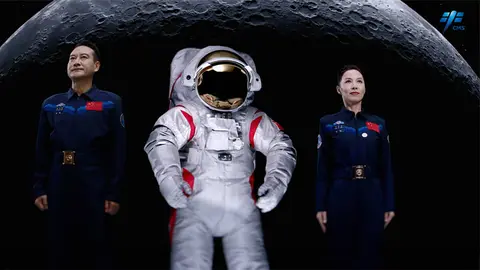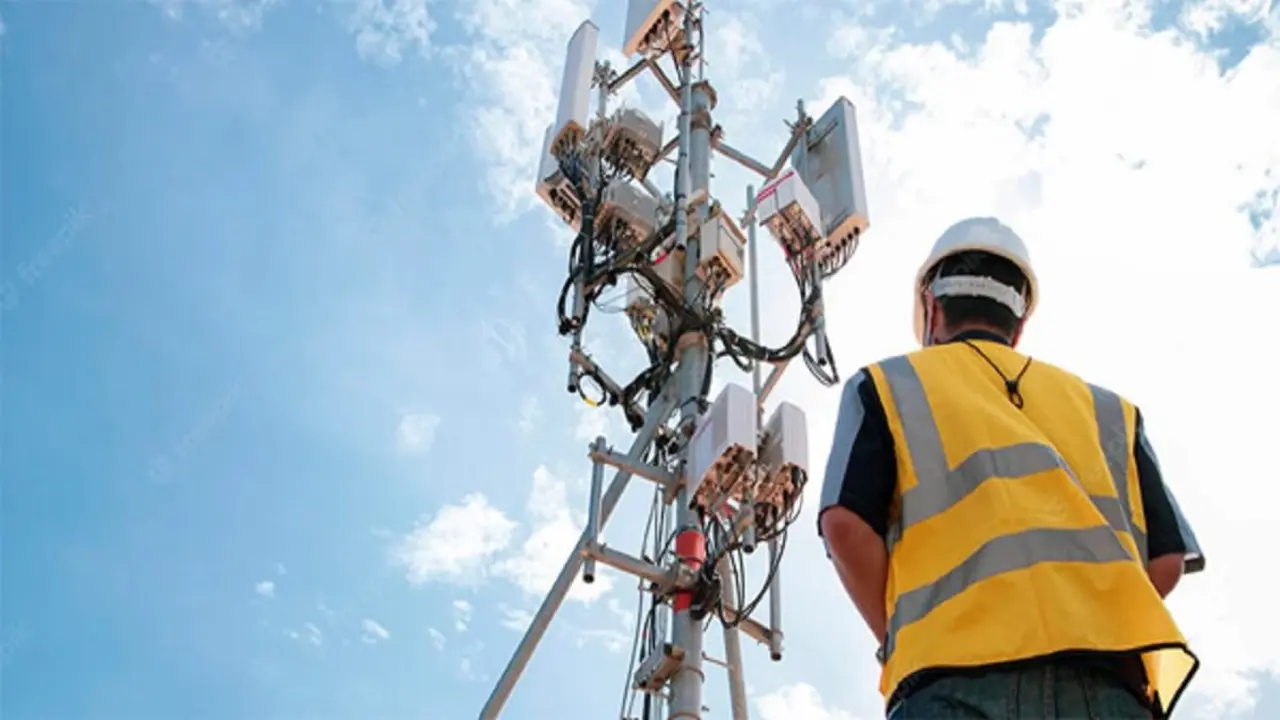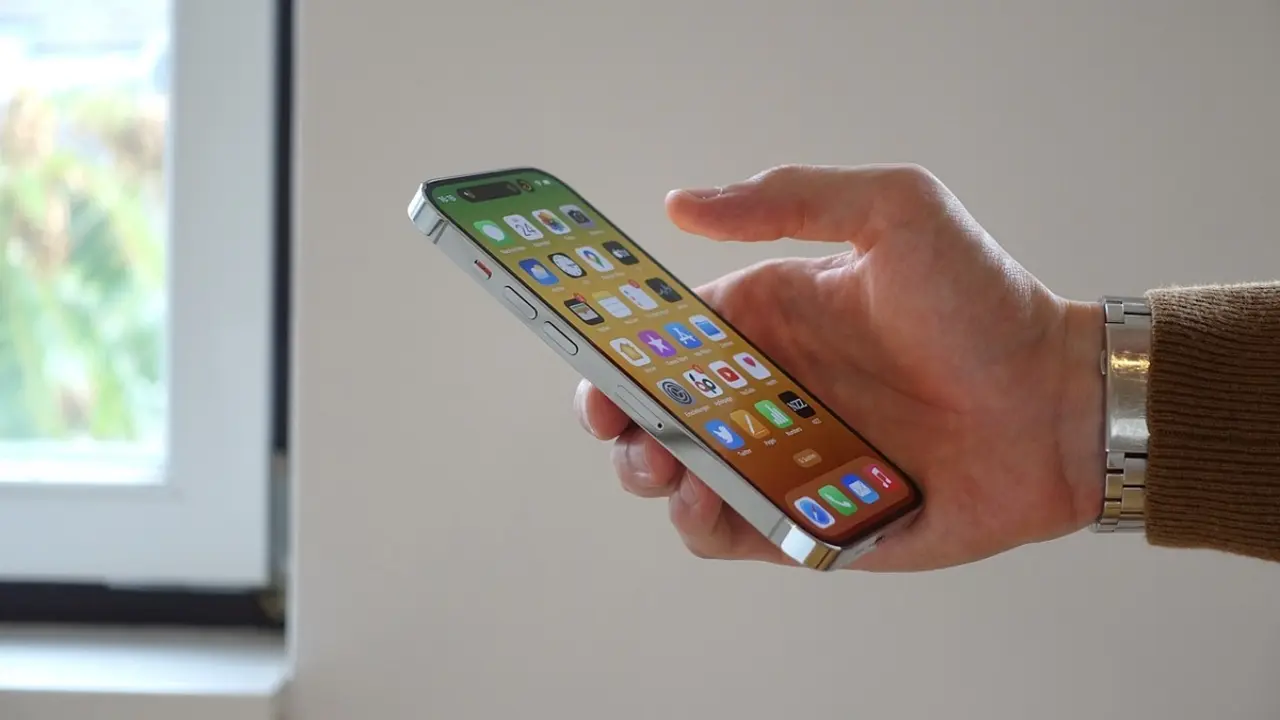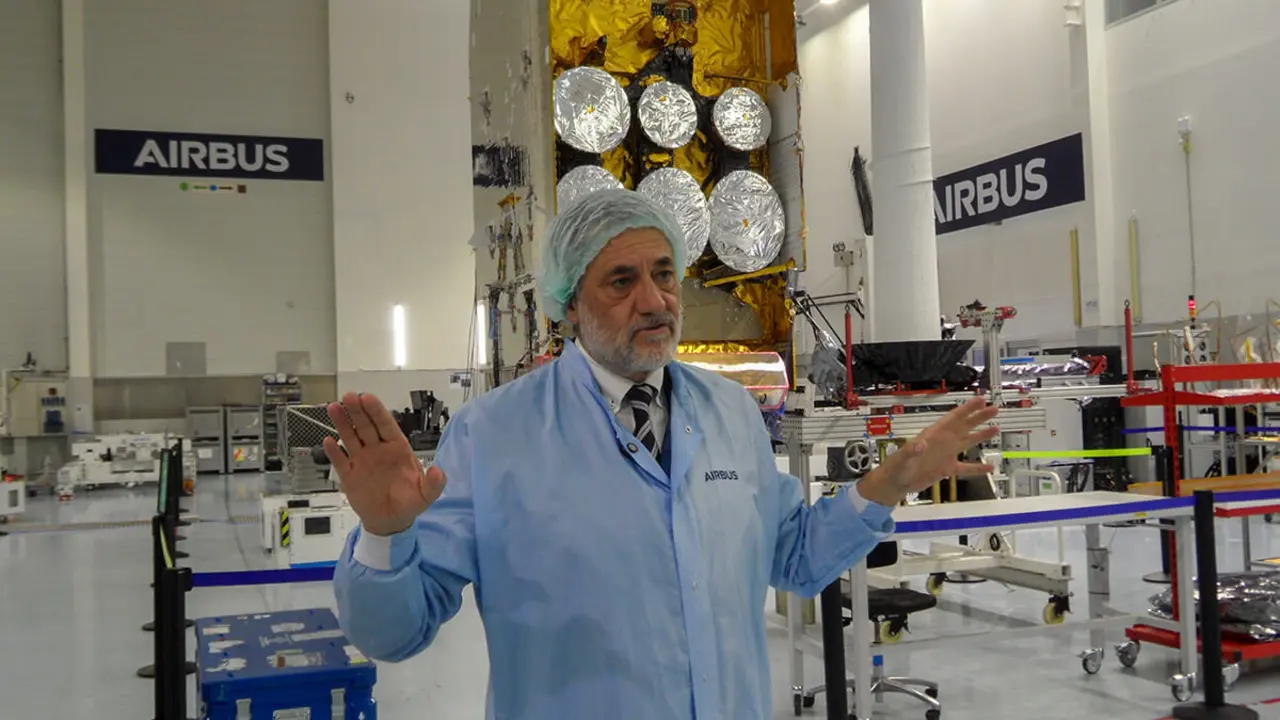This is what the 2025 battle between Washington and Beijing for outer space dominance will look like
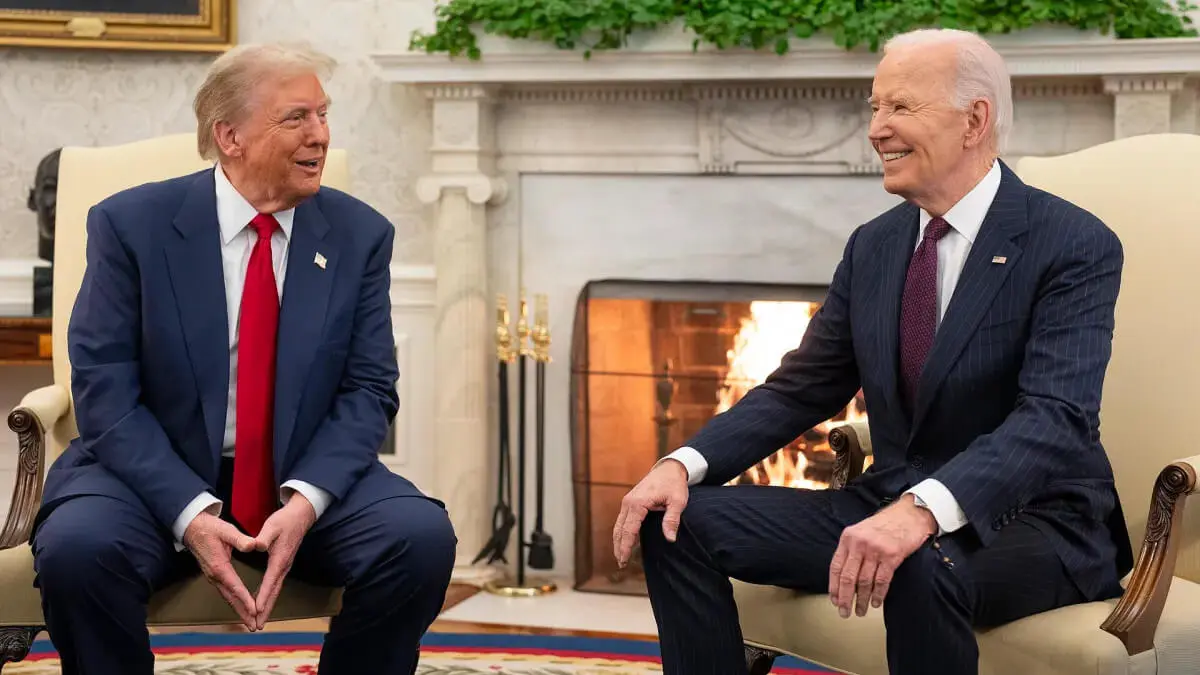
The year that has just begun has all the ingredients on the table for the United States and China to persist in the bloodless but continuous battles they have been waging for years in the political, economic, industrial, scientific and technological arenas.
The imminent arrival of Donald Trump in the White House, the obvious replacement of senior officials in the Biden Administration, the new orientation and pace that the State Department will give to US foreign policy and the strengthening of the Pentagon's already immense military capabilities will undoubtedly be reflected in the space competition between Beijing and Washington in 2019.
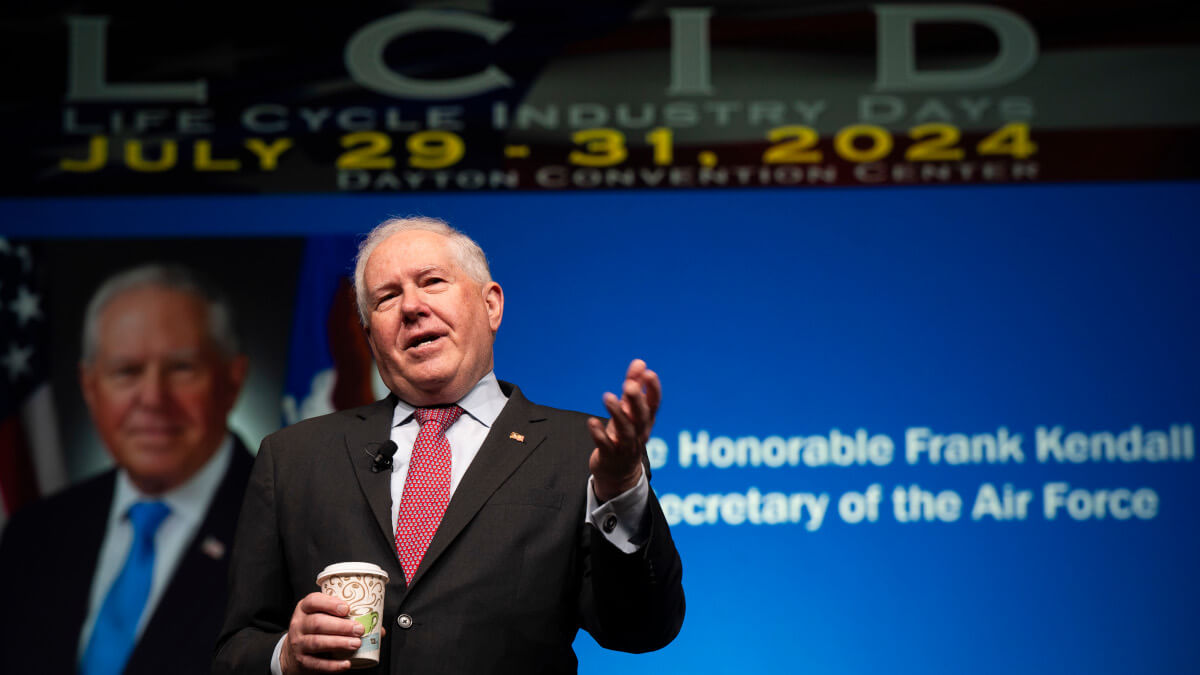
The rivalry between the two superpowers for supremacy in the ultra-terrestrial sphere is taking place on both the civil and military sides, where there are different fronts of struggle: new launch vectors, manned flights, renewal and expansion of their fleets of spy, navigation and scientific satellites, exploration of the Moon, Mars and deep space... In all of them, for the moment, the United States is in control, and is in no way willing to lose it to China, much less allow the Asian country to take it away from it.
The Secretary of the Air Force of the US Department of Defence, Frank Kendall, in his latest report to Congress, in which he offers his vision of the situation on the 2050 horizon, highlights that ‘space will be recognised as the decisive domain for almost all military operations’, warns that China is pushing its ‘space order of battle’ and calls for ‘continuing to strengthen the Space Force’, an organisation created in December 2019, during Trump's previous presidential term.
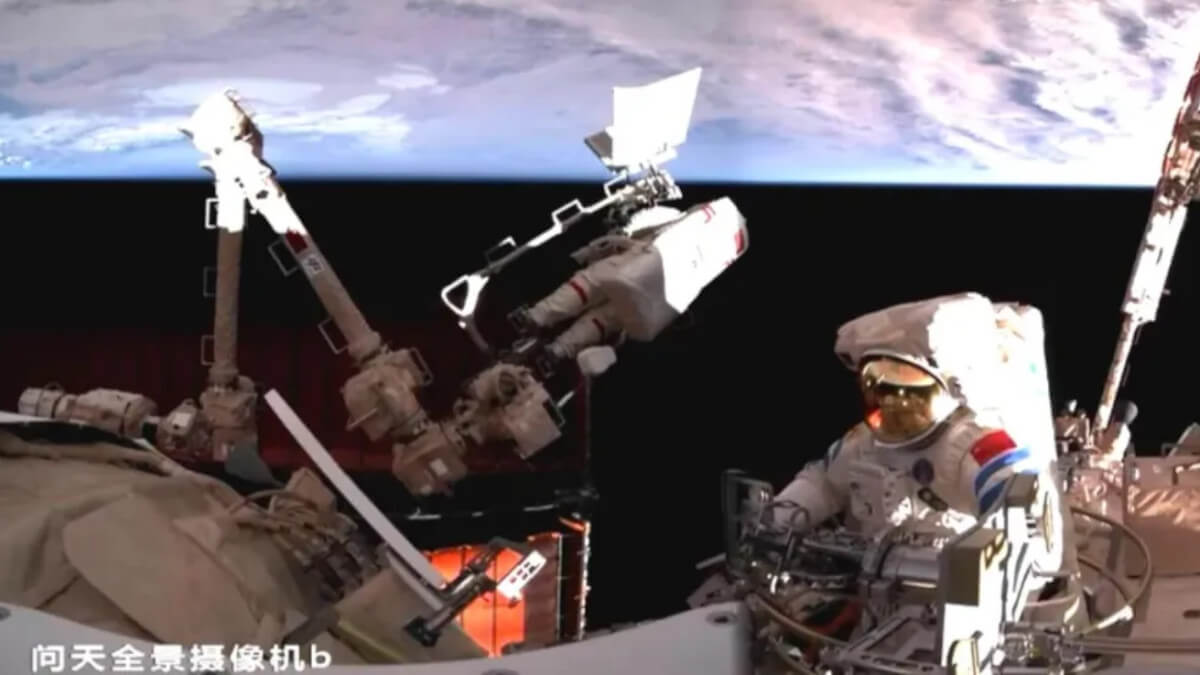
In a review of what is known or foreseeable to happen in 2025 in the field of orbital delivery vehicles, Washington has the upper hand and a wide lead. The first question to be answered is what space policy Donald Trump and his team want NASA to pursue, whether NASA's Artemis lunar programme will continue with the SLS heavy launcher and the Orion capsule. Whatever the decision, tycoon Elon Musk, the absolute champion of the industry in 2024, wants his company SpaceX to reaffirm in the current year that its Falcon 9 rocket holds absolute dominance over the global market for launch services.
Elon Musk's goal: 175 to 180 launches
But the world's biggest fortune according to Forbes magazine, who is worth $400 billion, has just had a domestic competitor. It is also the billionaire Jeff Bezos, who, through his company Blue Origin and from Cape Canaveral, has just made the maiden flight of his 98-metre long New Glenn launcher, with seven powerful rocket engines, reached Earth orbit, but failed in the planned recovery of one of its two propulsion stages.
So the New Glenn still has a long way to go to prove its reliability, but Elon Musk and his right-hand man at SpaceX, company president and chief operating officer Gwynne Shotwell, are not losing any sleep over it. The two intend to launch no less than 175-180 missions this year, which requires a monthly average of 14-15 shots, to further expand and improve its Starlink commercial space Wi-Fi constellation and Starshield military constellation.
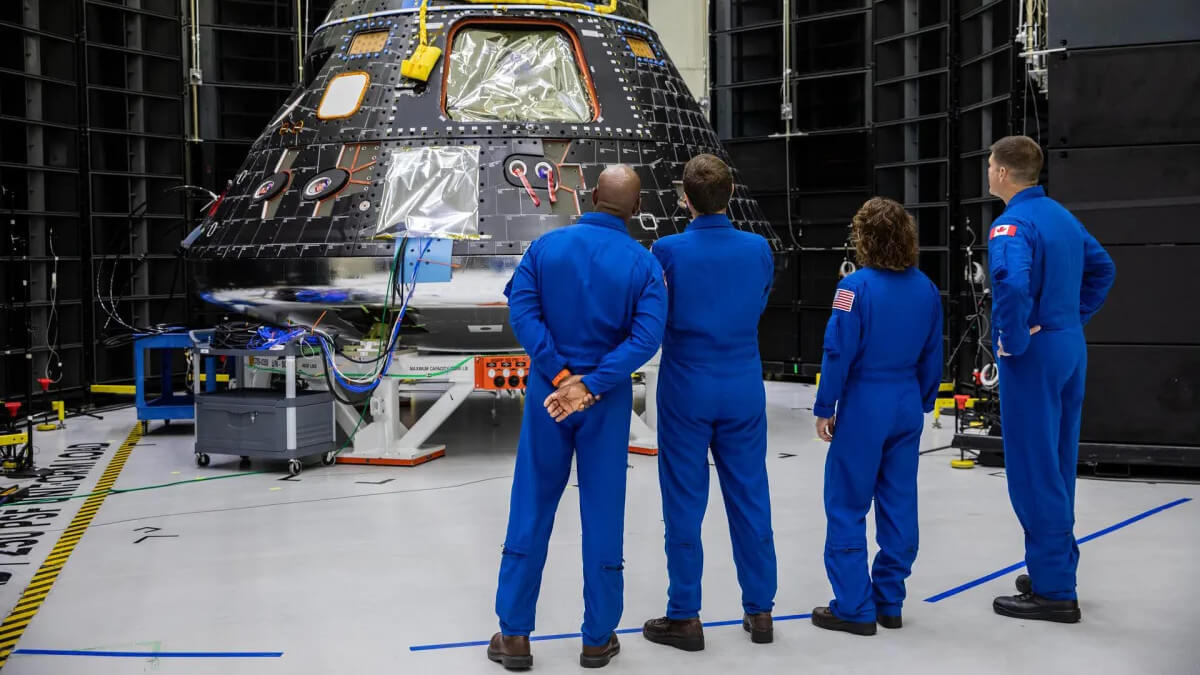
So far, in the first half of January, Musk has already achieved seven successful liftoffs of his Falcon 9, five of them from Florida on the Atlantic coast and the other two from Vandenberg, California, in the Pacific. China's achievements have fallen short, with only two flights as of 15 January. However, the China National Space Administration (CNSA) plans to surpass the 68 it achieved in 2024, and has planned the launch of a dozen new rockets, at least half a dozen reusable and commercially focused, such as Landspace's Zhuque 3.
The CNSA also controls the delivery vehicles for future Chinese manned missions to explore the Moon and Mars. One that will fly in the coming months is the Long March 10, ‘designed to carry manned spacecraft and descent modules,’ says chief designer Long Lehao of the China Academy of Launch Vehicle Technology, CALT. Another is the Long March 9 heavy launcher, to carry cosmonauts and cargo to the planned International Lunar Research Station (ILRS) and even travel to Mars.

Another that will fly in 2025, although the date is unknown, is the Long March 8A, also CALT's responsibility. With a payload capacity of about 7 tonnes, its main mission will be to ‘deploy small satellites from large constellations into medium and low Earth orbits’, according to its leader, Professor Song Zhengyu.
China to pluck dust from an asteroid and bring it to Earth
In May, the CNSA plans to launch the ambitious 2-tonne Tianwen 2 probe, a mission with a dual purpose. On the one hand, to explore the very small near-Earth asteroid 469219 Kamo'oalewa - between 40 and 100 metres in size - ‘collect a sample of about 100 grams from its surface and send it back to Earth,’ says its chief designer, Professor Zhang Rongqiao. It would then head for comet 311P, to study it from 2034 onwards.
China is following Starlink's lead and will continue to deploy its mega satellite internet constellations in low orbit to start providing global services to the important land, sea and air transport sectors as soon as possible. These are the Qianfan - also known as Spacesail - and Guowang networks of 15,000 and 13,000 spacecraft respectively.
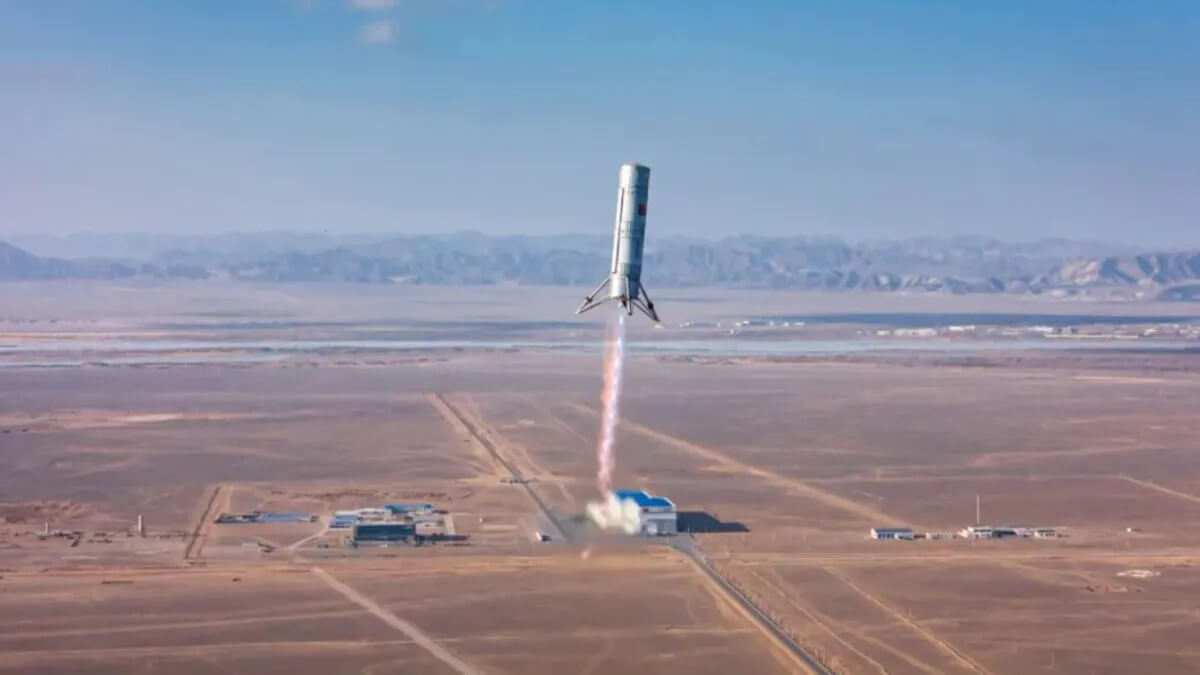
In the framework of manned flights, the Shenzhou-20 and 21 missions will arrive at the Chinese space station Tiangong -in May and November, respectively- with three cosmonauts each, to relieve those who now inhabit the orbital complex and continue with on-board experiments. On the commercial side, the American company Axiom, headed by the millionaire Kamal Ghaffarian, a naturalised Iranian-American, is the leading commercial spaceflight company in Washington.
The 18-day Axiom-4 mission to the International Space Station is scheduled for the end of April. The mission will be conducted by American professional astronaut Peggy Whitson in a SpaceX Crew Dragon spacecraft and will be carried by citizens of Hungary, India and Poland. In January 2024, Axiom 3 already carried astronaut Michael Lopez-Alegria and three astronauts from Sweden, Italy and Turkey, who spent 18 days on the ISS.
Among the expectations that are likely to be realised in the next eleven and a half months are two other big bets from Elon Musk. One has been developed by his company Vast and is the Haven-1 commercial orbital complex, a single module 10 metres long, about 4 metres in diameter and around 80 m3 of habitable volume. In the last quarter of the year, it should leave for space on a Falcon 9 rocket to house a maximum of four tourists or researchers for a few weeks.
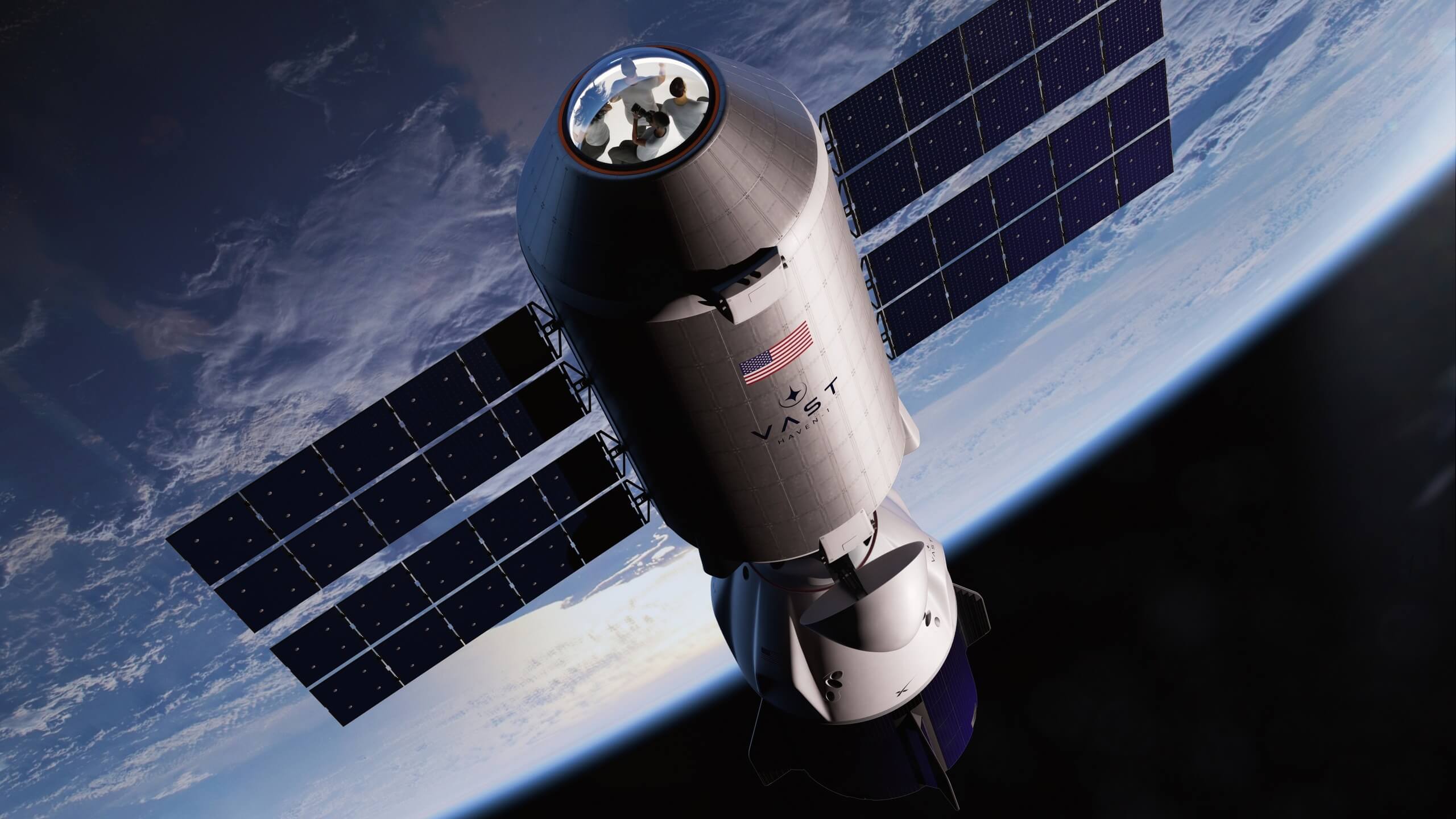
But the tycoon's big project is his reusable heavy launcher Starship, 124 metres long and weighing 5,000 tonnes at take-off, still in the testing phase and awaiting its first orbital mission, to prove its reliability for manned flights, and then become a vector for landing human beings on the moon. President Xi Jinping, 72, wants his cosmonauts to set foot on the moon before 2030. Trump, 79, is not going to let them do so before his astronauts return to the Moon. So the space race between China and the United States is in its final five years.




